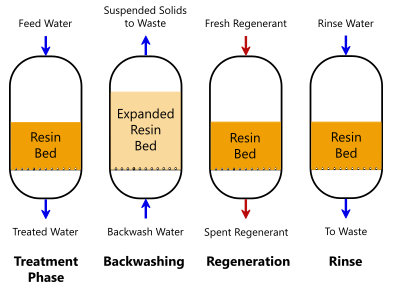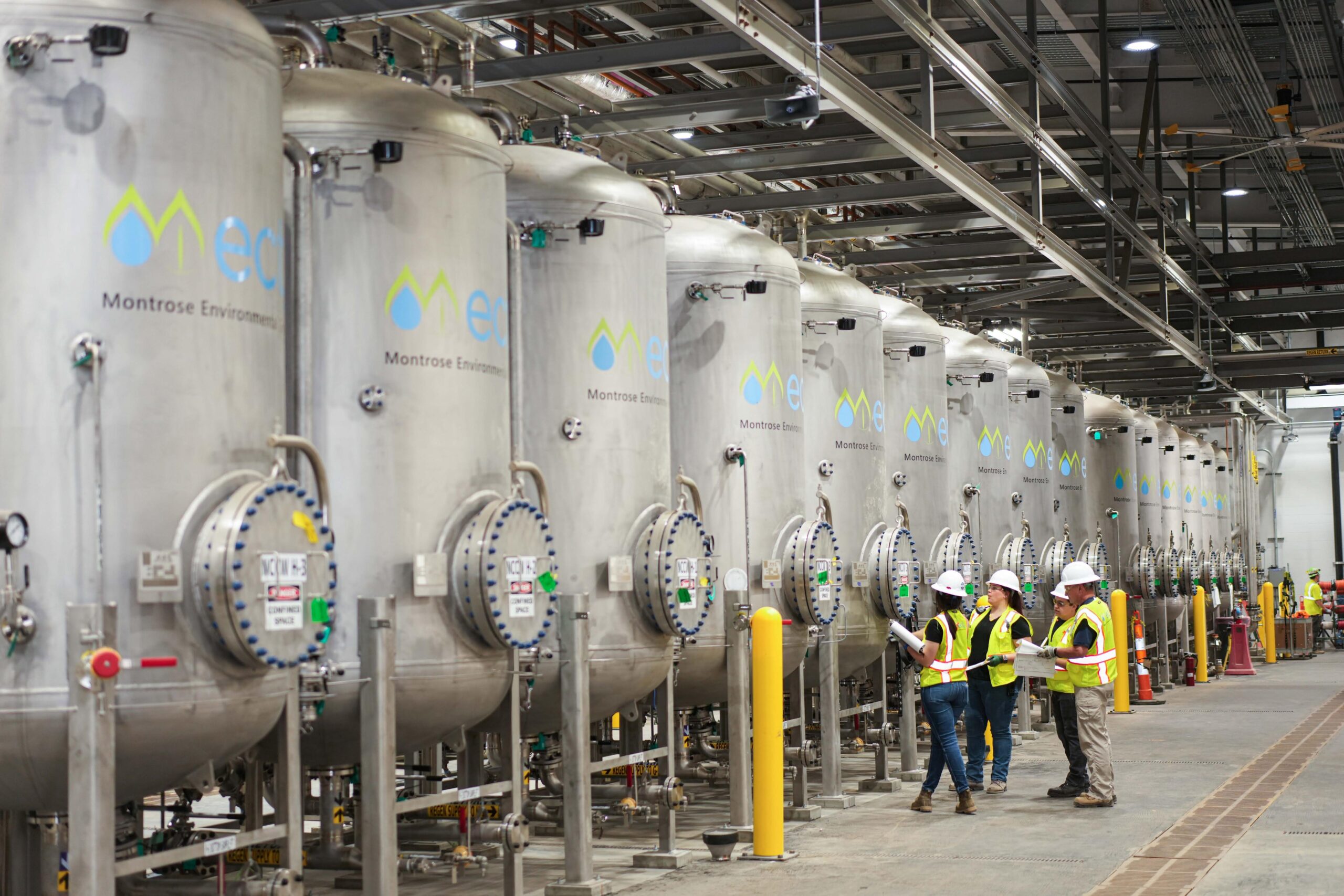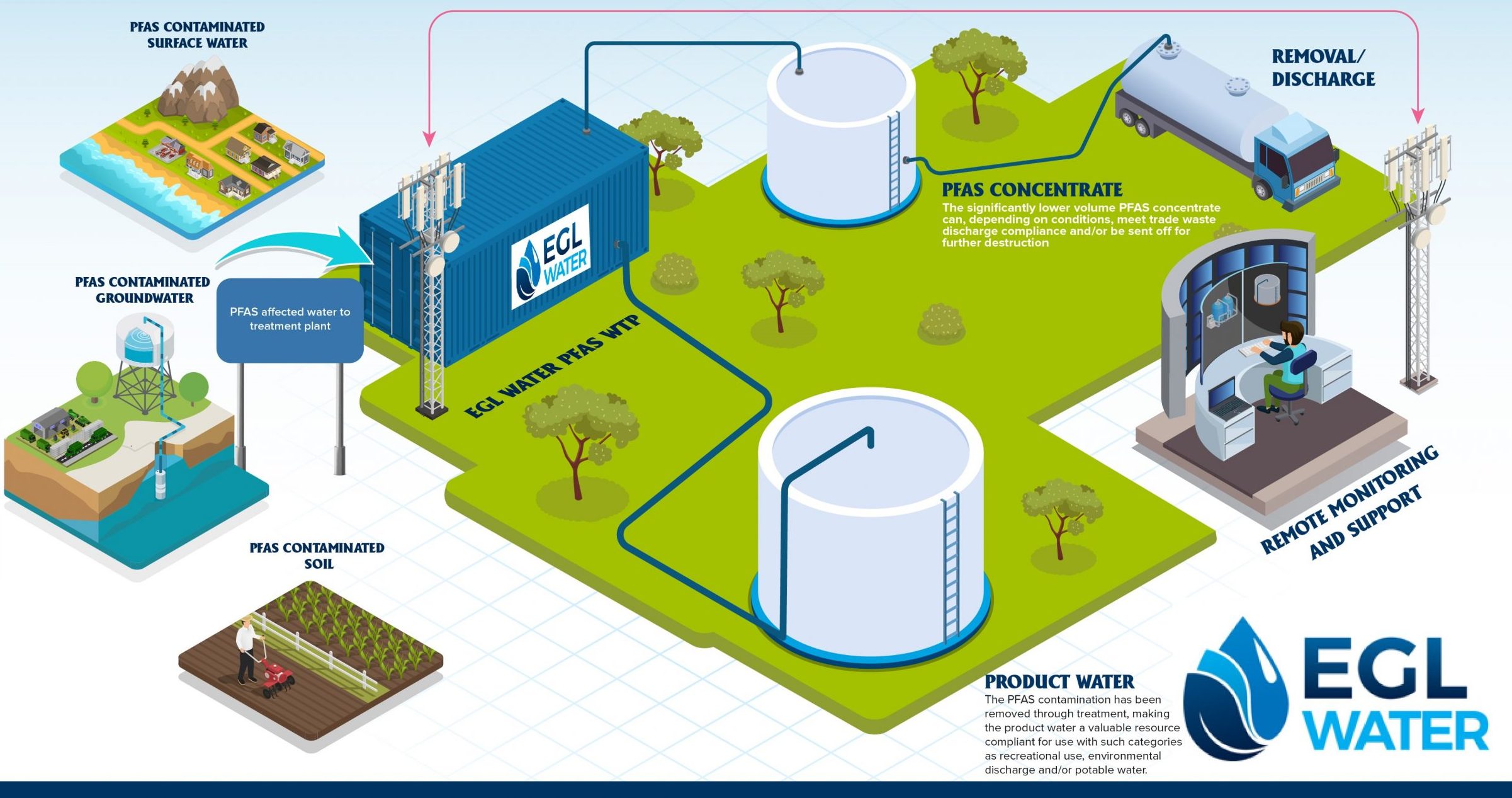Your Overview to PFAS Treatment Technologies and Perks
The frequency of PFAS contamination in water sources necessitates a comprehensive understanding of available therapy technologies. Numerous approaches, such as triggered carbon purification, ion exchange systems, and progressed oxidation processes, present unique benefits in addressing these relentless toxins. Each innovation not only targets particular PFAS substances however likewise plays a crucial role in enhancing general water top quality and securing ecological integrity. As areas grapple with the effects of PFAS direct exposure, the option of an appropriate therapy approach ends up being increasingly essential, triggering a more detailed evaluation of these modern technologies and their particular benefits.
Recognizing PFAS Contamination
Understanding PFAS contamination is crucial for addressing its prevalent impact on ecological and human health (m270 pfas treatment). Per- and polyfluoroalkyl substances (PFAS) are a team of artificial chemicals commonly used in numerous commercial and consumer products due to their water- and grease-resistant buildings. Generally discovered in firefighting foams, non-stick cookware, and water-repellent textiles, PFAS have actually gotten in the atmosphere via manufacturing procedures, wastewater discharges, and leaching from garbage dumps
Once launched, these compounds linger in the setting, bring about prevalent contamination of soil and water sources. Their unique chemical framework, identified by solid carbon-fluorine bonds, provides them immune to deterioration, leading to a phenomenon referred to as "for life chemicals." Subsequently, PFAS can collect in the human body and the food chain, possibly creating negative health and wellness results, consisting of body immune system interruption, developing issues, and an increased risk of certain cancers cells.
Governing companies and wellness companies are increasingly acknowledging the relevance of PFAS contamination, prompting initiatives to keep track of, analyze, and minimize its impacts. Understanding the paths of PFAS contamination is vital for educating public law and creating efficient strategies to secure both environmental and human health and wellness.
Overview of Therapy Technologies
Different therapy innovations have been developed to resolve the challenges presented by PFAS contamination in water and dirt. These innovations can be broadly classified into several categories, each with its unique mechanisms and effectiveness in getting rid of PFAS compounds.
One prominent strategy is ion exchange, which uses material materials to capture and get rid of PFAS from polluted water. This approach is particularly effective for short-chain PFAS and can accomplish considerable decreases in focus levels. Another modern technology, progressed oxidation processes (AOPs), employs solid oxidants and ultraviolet light to damage down PFAS into much less damaging materials. AOPs appropriate for treating a broad variety of PFAS compounds however might call for careful optimization to take full advantage of efficacy.

Triggered Carbon Purification
Triggered carbon filtering is an extensively used approach for the elimination of PFAS from polluted water, known for its capability to adsorb a wide variety of natural compounds. This innovation utilizes turned on carbon, a highly porous product with a comprehensive area, which promotes the binding of PFAS molecules via physical adsorption. The effectiveness of activated carbon in removing PFAS is influenced by numerous aspects, including the kind of carbon utilized, the call time, and the focus of PFAS in the water.
One of the benefits of turned on carbon filtering is its convenience; it can be executed in various configurations, such as granular turned on carbon (GAC) systems or powdered triggered carbon (PAC) systems. GAC systems are typically used in larger-scale applications, while special-interest group can be made use of in smaller or momentary configurations. The modern technology is relatively simple to run and preserve, making it accessible for lots of water treatment centers.

Ion Exchange Equipment
Ion exchange systems stand for another efficient method for the elimination of PFAS from infected water, enhancing approaches like turned on carbon filtration. These systems operate the concept of trading ions in the water with ions held on a resin product. Ion exchange materials can be especially created to target the negatively charged PFAS compounds, efficiently recording them and enabling cleaner water to travel through.
Among the primary benefits of ion exchange systems is their ability to eliminate a broad array of PFAS, including both long-chain and short-chain versions. This versatility makes them suitable for various applications, ranging from municipal water therapy to commercial processes. Additionally, ion exchange systems can often attain reduced discovery limits for PFAS compared to a few other treatment methods, therefore enhancing water high quality.
Nonetheless, it additional info is important to check and manage the regrowth of ion exchange media, as the efficiency can decline over time due to saturation. Proper maintenance and substitute of the resin are essential for sustaining the system's performance. Generally, ion exchange systems supply a reputable and reliable remedy for PFAS removal, adding dramatically to risk-free alcohol consumption water standards and ecological defense.
Advanced Oxidation Processes
Advanced Oxidation Processes (AOPs) use effective oxidants to efficiently degrade PFAS compounds in polluted water. These cutting-edge therapy techniques produce highly reactive varieties, such as hydroxyl radicals, that can break down complicated PFAS particles into less hazardous results. m270 pfas treatment. AOPs generally utilize mixes of ultraviolet (UV) light, ozone, hydrogen peroxide, or Fenton's reagent, improving the oxidation potential and boosting degradation performance
The key benefit of AOPs lies in their capacity to target a broad series of PFAS substances, consisting of both long-chain visit this site right here and short-chain versions. This versatility is essential, as PFAS contamination usually includes mixes of different substances with differing chemical frameworks. Moreover, AOPs can be integrated into existing water treatment systems, making them a functional option for several districts and markets.
Nonetheless, the implementation of AOPs can be resource-intensive, calling for careful factor to consider of functional expenses and energy usage. Additionally, while AOPs work in damaging down PFAS, they may not completely remove all by-products, demanding additional therapy steps - m270 pfas treatment. Overall, AOPs stand for a promising opportunity for attending to PFAS contamination, adding to cleaner water resources and boosted public health and wellness defense

Verdict
By picking the proper innovation, communities can boost water high quality, article source protect public health, and minimize the environmental risks linked with PFAS exposure. Proceeded research study and implementation of these approaches are crucial for efficient management of PFAS contamination in impacted locations.